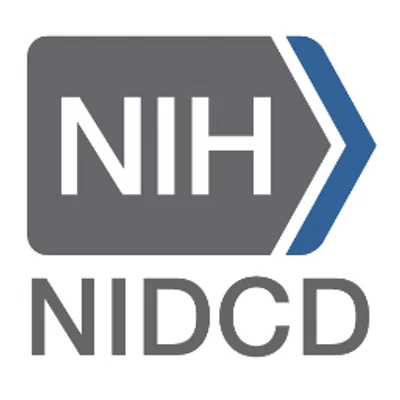
The National Institute on Deafness and Other Communication Disorders (NIDCD) invited public comment on revisions to their strategic plan, which will determine future research directions and priorities. VeDA’s Medical & Scientific Advisers submitted the following answers to five questions.
Question 1: What are the most significant scientific discoveries in hearing and balance, taste and smell, and voice, speech, and language that have occurred in the past five years? (Please provide references to scientific journal articles, if applicable.)
- Perception of motion is modifiable (Source)
- The vestibulo-ocular reflex can be driven separately for head rotation to both sides (Source). Here is a review paper of recent advances in motor learning of the VOR (Source).
- VHIT and VEMP tests. The VHIT has made it possible to diagnose vestibular neuritis more accurately. The oVEMP has made it possible to diagnose SCD.
- Discoveries at the cellular level, where neurophysiologists are finding out more about how the calyx ending around the Type 1 vestibular hair cells works for fast, precise signals to the nerve.
- Vestibular scientists working in the brain are now discovering how the position and orientation information from the vestibular system gets integrated into those central maps for human location and personal navigation.
Question 2: What are the unmet needs in current research and training that may impact hearing and balance, taste and smell, and voice, speech, and language?
- There are almost no training programs in otoneurology in the US. In the past, there were several large programs at UCLA and Johns Hopkins. When the program finished at UCLA, the training program also finished. There are few clinician scientists and almost none in the pipeline.
- Ensuring that audiology training includes sufficient vestibular experience to widen the expertise of audiologists.
Question 3: Describe the opportunities in hearing and balance, taste and smell, and voice, speech, and language that may be realized in the next five years.
- Genetics will likely subdivide many disorders based on symptoms (such as Meniere’s disease, migraine, psychogenic dizziness, and various types of hearing loss) and convert them from being wastebasket syndromes into diseases.
- The public is unaware that balance is modifiable.
- The public is unaware that balance can be trained.
- Progress in vestibular testing that may lead to opportunities to improve diagnostics when patients present with ‘dizziness’ or falls. Good tests that distinguish vestibular from other disorders of instability.
- The presence of a few labs working on a human vestibular prosthesis is raising hopes for rehabilitation opportunities.
Question 4: What are the greatest challenges or barriers to progress in hearing and balance, taste and smell, and voice, speech, and language?
-
- In the view of one of VeDA’s Medical Advisers, NIH resources have not been well allocated in relation to balance disorders. Two examples include: the vestibular stimulator program for bilateral vestibular loss, which is not a very feasible project; and previous support for the tongue stimulator at Wisconsin, which was not well-thought out. Instead of funding dramatic projects that have no practical chance of success there should be funding for less dramatic endeavors that increase the number of workers in the field. This may reflect problems with review committee makeup. A one- or two-year mentored research experience for residents, funded by NIH, using a structure similar to the NRSA would be a good idea. This would not require a strong review process but should increase the number of people who know how to think critically and write papers.
- Getting funding for balance and functional measures of balance. Behavioral studies tend to be harder to find funding for than mechanistic/basic studies.
- Diagnostic challenges.
Question 5: What is the greatest public health need of individuals with disorders of hearing and balance, taste and smell, or voice, speech, and language that may be helped with additional research?
- There are a huge number of unsolved problems. Tinnitus in general, dizziness from structures other than the inner ear, dizziness from the “migraine spectrum” should be split up into distinct entities associated with gene and treatment trials.
- Meniere’s disease needs more work.
- The public learns that balance can be trained and modified.
- NIH efforts and governmental programs to increase awareness that balance is trainable and should be prioritized, similar to how the public is aware of cardiac health measures (eat well, exercise, etc.).
- Getting more physicians to have more awareness of vestibular disorders when they consider diagnosis for a “dizzy” patient. A patient shouldn’t have to go through half a dozen specialists before they finally get referred to one who knows the vestibular system.
- The need for gaining “social acceptability” to change the current stigma of seeing a vestibular patient as simply drunk, clumsy or inattentive, and to recognize that despite their invisibility these are real, physical disorders with psychological comorbidities which, when dismissed or diminished as just “all in your head” inhibit recovery and dramatically reduce quality of life.
Thanks to Drs. Timothy Hain, Michael Schubert and Christopher Platt for their contributions.
